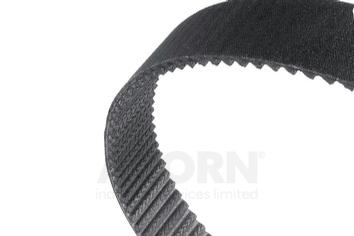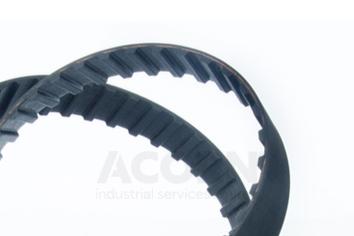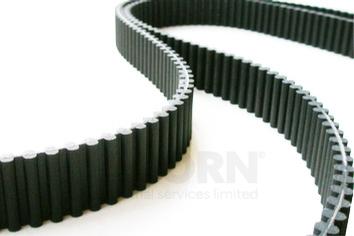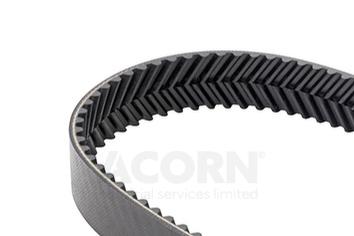With up to 99% efficiency, timing belts are a reliable solution. These belts are designed to ensure precise timing and efficient power transmission in industrial applications.




Timing belts are toothed, synchronous belts which are often found inside internal combustion engines.
The teeth of the belt help to prevent slippage, making these belts a highly efficient option, with up to 99% efficiency.
The most common use of a timing belt is within the engine of a vehicle such as a car, van or lorry. However, they are also used on industrial machinery across all industries, such as within printers and manufacturing equipment.



While minor damage can sometimes be repaired, it is generally recommended to replace damaged timing belts to ensure reliable operation and prevent further issues.
Signs of a failing timing belt include:
Proper maintenance of timing belts includes: